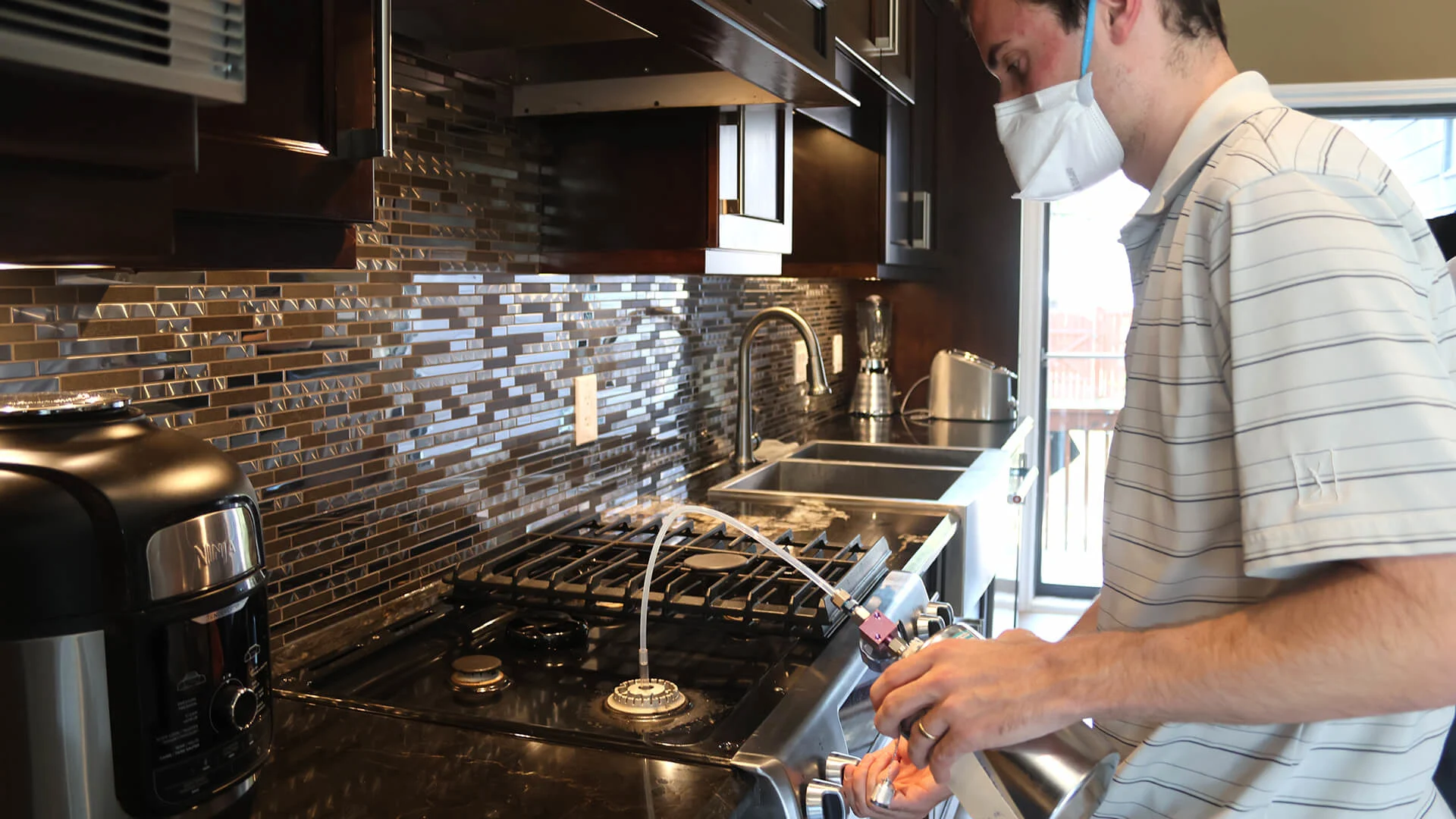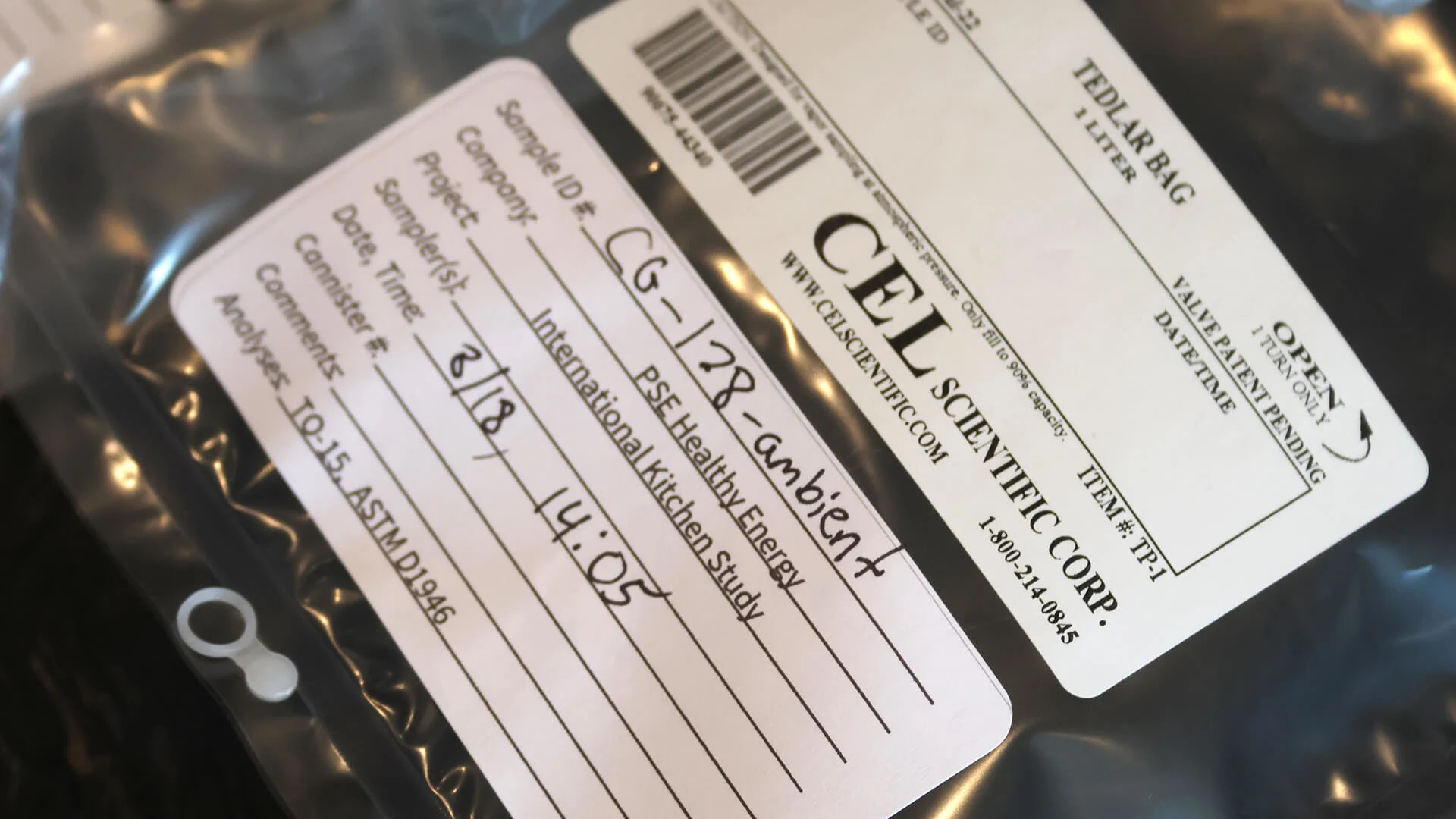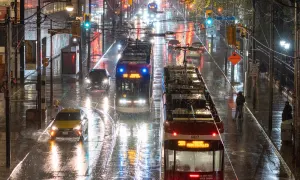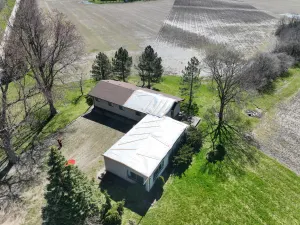
Why your fancy gas stove could be bad for the environment, and your health
Another study looks into the impacts of gas ranges, and this time researchers came to Canada.
Flip through any home decor magazine and you’ll probably see a relatively expensive gas range or two. They’ve come to be the cornerstone of many chef-inspired kitchens over the years.
But according to recent research, every gas stove leaks — and it could be bad for not only your health but the environment, too.
“We measured a bunch of stoves in California and found that most of them had some detectable leak even while they were off,” Eric Lebel, a senior scientist for PSE Healthy Energy, told The Weather Network.
His colleagues at the non-profit research institute based in Oakland, Calif., — who study energy, public health and the environment — have been researching the impacts of gas stoves for quite some time now. The team was behind a recent study conducted out of Boston, Mass., with Harvard University.
“We're concerned about natural gas leaks because natural gas is mostly methane, and methane is a known greenhouse gas that's over 80 times stronger than carbon dioxide on a 20-year timescale,” said Lebel.
“And so small amounts of natural gas leaks we know are harmful to the climate. They're strong greenhouse gas. And we want to not only understand what the impact of gas leaks are on the climate, but also on public health,” he added.

A previous study found stoves using a pilot light leaked more than those using an electronic sparker, and roughly 80% of methane emissions happened from loose couplings and fittings between the stove and gas pipes. (Rachel Maclean)
Some of the other things they've found most concerning in natural gas are BTEX compounds: benzene, toluene, ethylbenzene, and xylenes.
“Benzene in particular is a known carcinogen,” said Lebel, adding the goal in his latest study is to understand the concentrations of these compounds, and perhaps others, in the gas coming from a household stove and what that means to homeowners exposed to a leak.
It’s a study that recently brought a team of PSE researchers to Calgary where they sampled 28 volunteer homes. They also travelled to 16 other cities in the U.S and Canada, including Toronto and Vancouver.
“We can see that the stove here is literally the end of a pipeline of natural gas. This gas has travelled, you know, hundreds if not thousands of kilometres to get here,” said Lebel.
“This pinhole is going to take you through pipes in the house and then pipes in the street and then pipes throughout the city to where the gas is produced. So what we're going to be doing is we're going to be collecting a sample of gas from this point and it will give an idea of what the composition of unburned gases in the city of Calgary and we can compare that to the other cities that we've also measured.”
Paul Cheliak, vice president of strategy and delivery with the Canadian Gas Association, says emissions associated with natural gas consumption in the home directly attributed to things like stoves, or natural gas dryers, are a little more than one per cent of the total home's emissions.
While that doesn’t seem like a big deal on its own, it adds up quickly.

Homeowners should use their hood fan when cooking anything, especially on a gas stove. Using a range hood is even more relevant for people who have smaller houses because the concentrations are going to build up a lot faster. (Rachel Maclean)
The most recent data shows there are roughly 1.2 million gas ranges in Canada, and it’s a lot more in the United States where roughly one in three homes has a gas stove — totalling about 40 million of them.
In an interview with NPR, one researcher said the amount of leaked methane every year has about the same climate change effect as the carbon dioxide from 500,000 gasoline-powered cars. Some cities south of the border are even banning natural gas in homes to save the planet.
To help reduce that footprint, Cheliak says the industry has been blending renewable gases into pipeline systems over the last five years to lower the emissions profile of the natural gas people are consuming.
“We need better data around the air in the home, and the emission levels in the home from a variety of sources. And in fact, we think that's a good idea,” he said, adding they have been working with Environment and Climate Change Canada on the topic.
And he says natural gas has been used safely in Canada for over 100 years in our homes, but does encourage Canadians to practice effective ventilation when they are cooking on their stovetop.
“The majority of emissions that are found in the kitchen actually come from the cooking process itself. So if you’re searing, or broiling, or sautéing food, regardless of whether it's an electric stove, or a natural gas stove,” said Cheliak, adding concerned homeowners can find more information out on cga.ca.
And if you’re thinking of switching your stove, Lebel says induction is the way to go — a trend catching on in Europe and respected chefs across the globe.
“This technology exists and it's something to think about as we look at electrifying homes and businesses going forward.”

PSE Healthy Energy hopes to release its latest findings in a peer-reviewed journal in the coming months. (Rachel Maclean)











